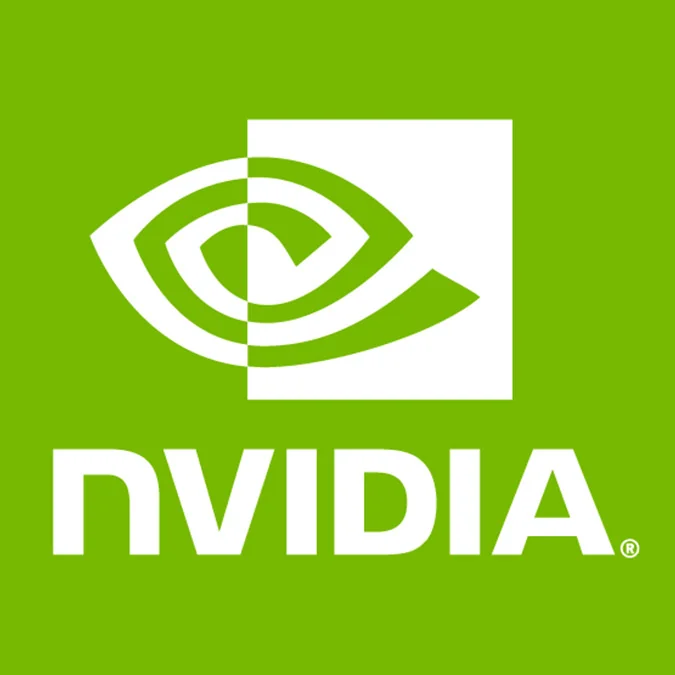Did The NVIDIA 295.40 Linux Driver Fall Off A Cliff?

In my initial testing of the NVIDIA 295.40 x86/x86_64 Linux driver that was released last week, I haven't noticed any major changes in performance. However, I've been busy in preparing the Intel "Ivy Bridge" Linux test results along with working on the NVIDIA GeForce GTX 680 "Kepler" Linux review (using the earlier 295.33 release) so I haven't thoroughly tested out this new release. I've been tipped off a few times in the past few days that the 295.40 driver is in really bad shape with references to the Arch Linux forums, various bug reports, etc.
There's no shortage of NVIDIA 295.40 bug reports on Launchpad (e.g. #982710, #982485, and #982762). Some of these NVIDIA bug reports even mention that the Unity 3D desktop experience has slowed down when upgrading this driver.
There's also a Debian bug report that's active citing "Upgrade from 295.33 to 295.40 causes serious performance regression." Over at Arch Linux there's complaints about the 295.40 driver with anything that uses GL, even the XBMC media player. "Ever since I updated to 295.40. The previous driver 295.33 was working fine. Problems Using XBMC, Wine, Assaultcube or anything with uses Open GL. The two machines that are affected have the same hardware (Nvidia 6200 pci)." There's confirmation of many other Arch Linux users being affected too with problems caused by the 295.40 binary driver.
Within the NVIDIA-backed NvNews forums are also reports of X crashing and system freezes, the driver fails for everything, and a serious performance regression. It's not hard to find people complaining about this driver point release.
The official changes for this driver was namely addressing the security vulnerability that could allow intruders to gain access to arbitrary system memory through the GPU, adding in support for two new mobile GeForce 600 Kepler GPUs (GeForce GT 635M and GeForce 610M), a DisplayPort bug, and a AllowNon3DVisionModes option for the xorg.conf. It wasn't exactly a major update that should cause widespread regressions. The Solaris and BSD drivers were also updated to the 295.40 code-base.
After seeing all of these NVIDIA Linux bug reports, I decided to run some 295.33 vs. 295.40 tests on Ubuntu 12.04 with various OpenGL and OpenCL workloads. These were just some really quick tests from an Intel Core i7 notebook with NVIDIA Quadro FX 880M graphics that was handy at the moment.
I'll run some benchmarks on some other NVIDIA hardware and see what happens with this 295.40 Linux driver. Within the Phoronix Forums you can share your experiences when trying out this latest NVIDIA binary graphics driver.
19 Comments

